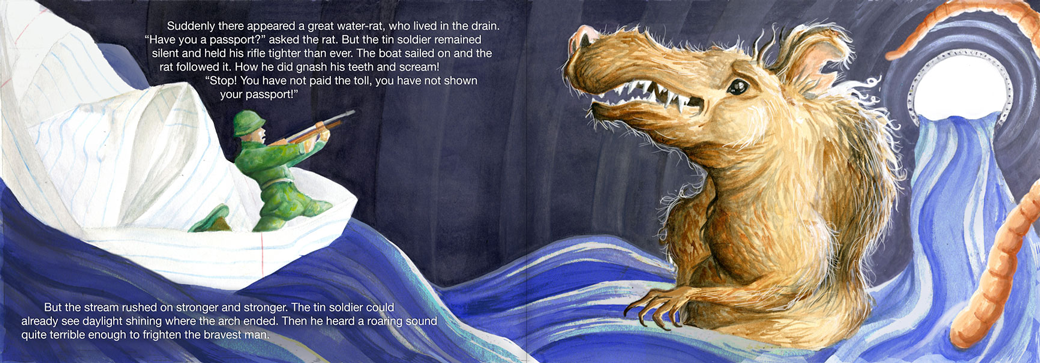At the beginning of the year I looked at COP, PPP and Design Principles as the things that would make the course different to my previous A Level Graphic Design course. I was really looking forward to getting into them. After starting the sessions in these 3 modules, I very quickly took a liking to Design Principles because of the technical aspects to it. I think I got too engrossed in it which meant that COP and PPP suffered a bit, and retrospectively, this is a big mistake, a mistake which I fully intend show that I've learned from next year. This isn't to say that I don't think I've achieved anything in COP though,
What I Think I Did Well
Like previously stated, COP was an entirely new thing to me, and the depth of understanding we've been into certain things in the sessions, such as semiotics has really intrigued me and I think I've understood them well. I think I approached the initial tasks really well and I think they demonstrate well that I've taken a lot from COP this year, particularly before Christmas. I think the main thing I've developed from COP is not only a greater ability to challenge convention, but now I WANT to challenge convention, as demonstrated in my Comic Sans Analysis from quite early on in the year. I think as the year has progressed, this challenging of convention has been shown more in my work, and actively noticed by both tutors and other students during crits and sessions in all modules
What I Think I Didn't Do So Well
I think my general overall commitment to COP has slumped since Christmas, and while I partly put this down to my increased focus on Design Principles, I think it's mainly down to flaws in myself. In all honesty I felt that I'd taken enough from the sessions before Christmas that the essay task would be easy for me given my academic history, and I definitely appreciate that this arrogance has cost me. I left doing my essay quite late, which has limited the feedback I've been able to get on it. The problem with my essay seems to be that my interpretation of the essay question seems to be different from what was meant by the question, and so not all of the content of my essay is appropriate, which clearly has limited the grade of my essay. This is something I'll certainly improve on next year in COP, and it's also something that I feel has helped me improve as a person as well as a student. Also, looking back on my COP blog, I'm disappointed with my documentation of the Lectures, which is something I'll definitely make an effort to improve on next year.
Theory Into Practice
I think my publication answers the brief and reflects what I found particularly interesting about my essay. I'm happy with the aesthetics of it and the process I went through to get there. It's given me chance to improve my skills in Adobe Illustrator, which as I program I haven't found my self using much other than for certain briefs in Design Principles. It's allowed me to get a lot more comfortable with the print settings for booklets in InDesign, as the pagination of the booklet gave both myself and the mac suite staff a few problems due to the page sizes not matching with the printer etc. Despite all this, there's still a niggling feeling in the back of my head that wonders what I could've produced and what other processes I could've made use of had I not been more pro-active with my essay and found a solid idea with more time.
Final Comments
All in all, whilst I feel like I've taken a lot from COP this year, I've found myself not enjoying it since Christmas. I appreciate that it's not as hands-on as the other modules (the possible exception being PPP) and that it's necessary to do to understand more about Graphic Design, however, I still feel as if I've approached it with a negative attitude. I've almost seen it as the subject I didn't enjoy but had to do when in school, and this is something I need to change for next year. I feel as if I take my attitude from the first term and apply that to COP throughout the rest of my time at LCA, not only will I benefit greatly from COP, but I should be able to enjoy it too.
































